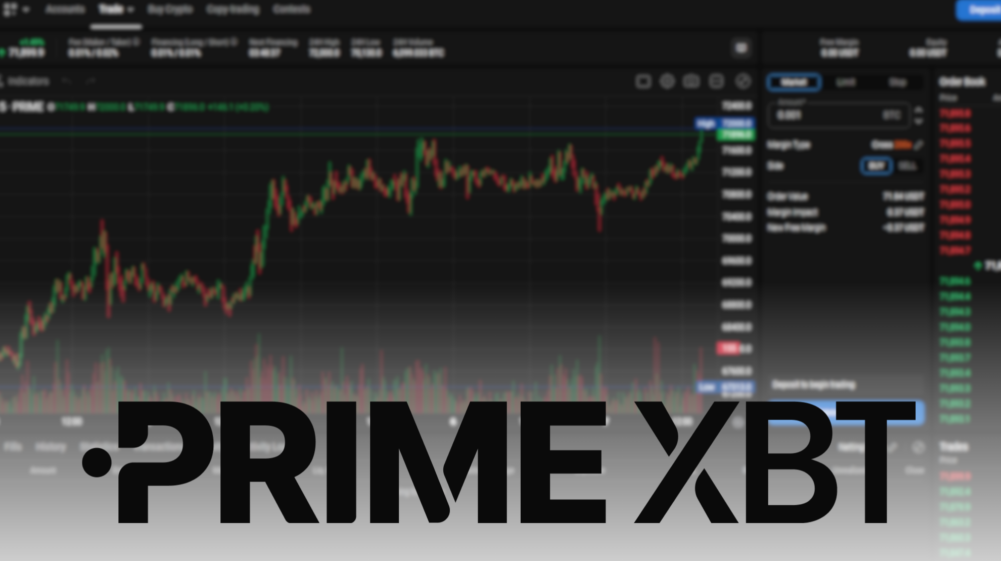Introduction
Cryptocurrency exchange-traded funds (ETFs) have garnered significant attention in recent years as an innovative financial product that bridges the gap between traditional finance and the world of cryptocurrencies. These investment vehicles aim to provide investors with a more convenient and regulated way to gain exposure to cryptocurrencies like Bitcoin and Ethereum. In this article, we will delve into the concept of cryptocurrency ETFs, their structure, benefits, potential impact on the cryptocurrency market, and the regulatory landscape surrounding them.
Section 1: Understanding Cryptocurrency ETFs
Cryptocurrency ETFs are financial products that track the performance of one or more cryptocurrencies. They are designed to provide investors with an indirect way to invest in digital assets without needing to buy, hold, or manage the actual cryptocurrencies themselves. Here are key aspects of cryptocurrency ETFs:
- Underlying Assets: Cryptocurrency ETFs typically track the price movements of specific cryptocurrencies, such as Bitcoin or Ethereum. Some ETFs may also include a basket of multiple cryptocurrencies.
- Structure: These ETFs are structured similarly to traditional exchange-traded funds, which are open-ended investment funds that are traded on stock exchanges. They are managed by a fund manager or issuer who holds the underlying assets and issues shares to investors.
- Market Access: Cryptocurrency ETFs provide investors with exposure to the cryptocurrency market without the need for digital wallets or direct ownership of cryptocurrencies. Investors can buy and sell shares in these ETFs through their brokerage accounts, just like traditional stocks or ETFs.
- Custody and Storage: The custody of the underlying cryptocurrencies is a critical aspect of cryptocurrency ETFs. Fund managers partner with reputable custodians to securely store the digital assets, ensuring the safety of investors’ funds.
- Valuation: The net asset value (NAV) of a cryptocurrency ETF is calculated based on the prices of the underlying cryptocurrencies. This NAV is used to determine the price of ETF shares on the exchange.
Section 2: Benefits of Cryptocurrency ETFs
Cryptocurrency ETFs offer several benefits to both retail and institutional investors, contributing to their growing popularity. Here are some of the key advantages:
- Accessibility: Cryptocurrency ETFs make it easier for traditional investors to access the cryptocurrency market. They eliminate the need for setting up digital wallets, managing private keys, and navigating cryptocurrency exchanges.
- Diversification: Some cryptocurrency ETFs are structured to provide exposure to a diversified portfolio of digital assets. This diversification can help mitigate the risks associated with individual cryptocurrencies.
- Regulation and Oversight: Cryptocurrency ETFs are subject to regulatory oversight, providing investors with a level of protection and transparency that may be lacking in the broader cryptocurrency market.
- Liquidity: ETFs are traded on major stock exchanges, ensuring high liquidity. Investors can buy and sell shares at market prices during trading hours, reducing the risk of illiquidity.
- Transparency: ETFs are required to disclose their holdings regularly, allowing investors to track the assets they are exposed to. This transparency fosters trust among investors.
- Tax Efficiency: Cryptocurrency ETFs may offer tax advantages compared to direct cryptocurrency ownership. Investors can potentially benefit from the tax treatment of ETFs in their respective jurisdictions.
Section 3: Potential Impact on the Cryptocurrency Market
The introduction of cryptocurrency ETFs could have several significant impacts on the cryptocurrency market as a whole. These effects can be both positive and negative and are subject to various factors, including market sentiment, adoption, and regulatory developments.
- Increased Institutional Participation: Cryptocurrency ETFs may attract more institutional investors who are more comfortable with regulated investment products. This influx of institutional capital could lead to increased liquidity and price stability in the cryptocurrency market.
- Market Maturation: The launch of ETFs often signifies the maturation of an asset class. As cryptocurrency ETFs gain acceptance, the market may become more mature, attracting a wider range of investors.
- Price Volatility: While institutional participation can stabilize prices, it can also increase trading volumes and, at times, exacerbate price volatility. Cryptocurrency markets are known for their price swings, and ETFs may amplify these movements during periods of high volatility.
- Mainstream Adoption: Cryptocurrency ETFs can serve as a bridge for traditional investors to enter the digital asset space. As more individuals and institutions invest through ETFs, cryptocurrencies may gain broader acceptance.
- Regulatory Scrutiny: The launch of cryptocurrency ETFs may prompt regulators to intensify their oversight of the cryptocurrency market. This could lead to increased regulatory clarity and compliance requirements for digital assets.
- Competition and Innovation: The introduction of ETFs can spur competition among financial institutions and asset managers, leading to innovative products and investment strategies in the cryptocurrency space.
- Price Correlation: Cryptocurrency ETFs’ performance is directly tied to the underlying cryptocurrencies they track. This can create a strong correlation between ETF prices and cryptocurrency prices, potentially impacting price discovery and market dynamics.
Section 4: Regulatory Landscape
The regulatory environment for cryptocurrency ETFs varies by jurisdiction and is subject to ongoing developments. Regulators are tasked with balancing investor protection and market integrity with innovation and access to new asset classes. Here are some key regulatory considerations:
- SEC in the United States: The U.S. Securities and Exchange Commission (SEC) has historically been cautious about approving cryptocurrency ETFs. Several proposals for Bitcoin ETFs have been submitted, with some still awaiting approval. The SEC’s concerns include market manipulation and investor protection.
- Canada: Canada has been more receptive to cryptocurrency ETFs, with several funds gaining approval and becoming available to investors. The regulatory framework in Canada has allowed for a more streamlined approval process.
- Europe: European countries have adopted varying approaches to cryptocurrency ETFs. Some European Union member states have approved such funds, while others have been more cautious. The European Securities and Markets Authority (ESMA) provides guidelines for regulatory consistency.
- Asia: Asian regulators have taken different stances on cryptocurrency ETFs. Japan, for example, has approved cryptocurrency ETFs, while China has imposed strict restrictions on cryptocurrency-related activities.
- Global Standards: The global nature of cryptocurrencies and ETFs presents challenges for harmonizing regulatory standards. International organizations and regulatory bodies are working toward establishing consistent guidelines.
Conclusion
Cryptocurrency ETFs represent a significant development in the evolving landscape of digital assets and traditional finance. These investment vehicles offer accessibility, diversification, and regulatory oversight, making them an attractive option for investors seeking exposure to cryptocurrencies. The potential impact of cryptocurrency ETFs on the broader market includes increased institutional participation, market maturation, price volatility, and regulatory scrutiny.
As the regulatory environment evolves and more cryptocurrency ETFs are launched worldwide, they have the potential to bridge the gap between traditional finance and the cryptocurrency market further. However, investors should exercise caution and conduct thorough research before investing in cryptocurrency ETFs, as they come with their own risks and considerations. The future of cryptocurrency ETFs will be shaped by regulatory decisions, market dynamics, and investor demand, making it a space worth monitoring closely.







